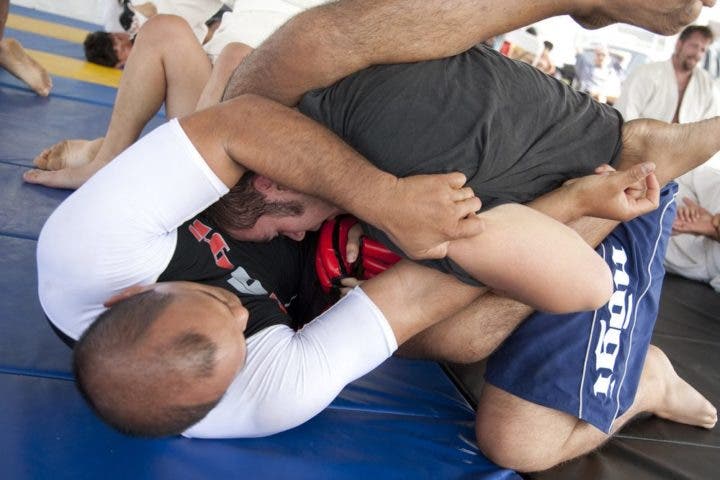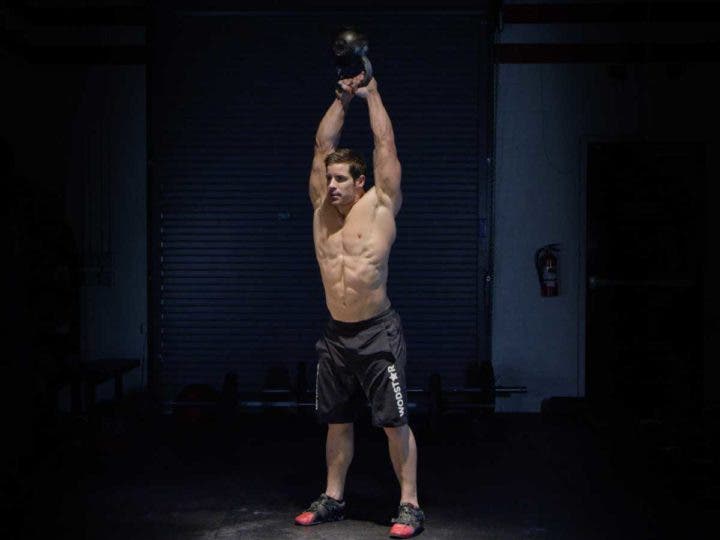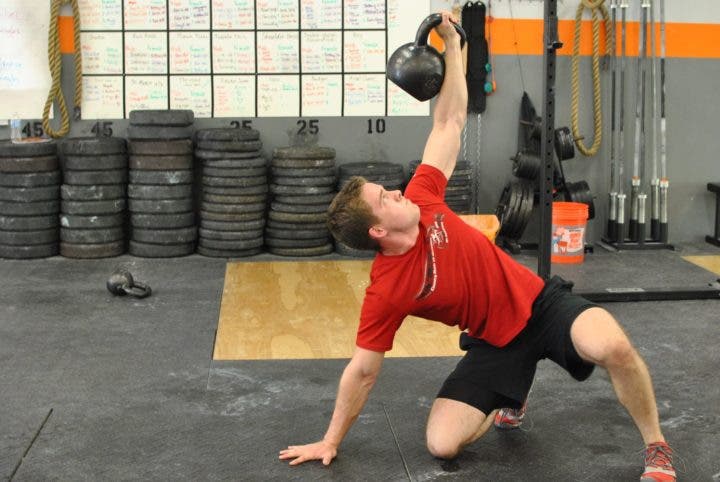Strength training is an art and a philosophy, but like BJJ, it cannot be terminated as in the typical 12-week programs that many provide.
It is much better to have principles, as principles can do much more than just a program for you. The proof of this is given in the BJJ fighters who have StrongFirst knowledge and are characterized by being the best on the mat.
If you are a BJJ instructor you should ask yourself the following question: Are you eager to train students who are a little stronger every day? If you’re looking for it, teach them the 8 rules of BJJ strength training .
8 rules for strength training in BJJ
1. Make it simple
When the sport is as complex as BJJ, strength training should be as simple as possible, which doesn’t mean it’s easy either. Simple means you don’t have to worry as much as a coach if the guys learned the techniques or have done quite well.
From a theoretical point of view it seems boring, but in practice it is quite a challenge. If the guys need more excitement, it means you will need to give them a little more practice.
2. Build on extension and anti-rotation exercises
BJJ is very demanding on the body and keeps its practitioners in constant flexion. In this sport it is very common for you to do turns, rolls, pushes and throws to the ground, just like your opponent.
Therefore, against all flexion, a lot of extension will be done here and rotation is also neutralized with anti-rotation exercises.

3. Do not combine it with other workouts
When you train BJJ more than 2 times a week, you don’t want to do cardio, strength, resistance, or any kind of interval program. If you don’t have the strength, what are you going to endure?
Instead of adding more risk factors to your life, it is better to work on your body armor. Strength is one of the best armor, unless it can be paired with a little extra muscle; but in BJJ, many times weight can be a problem.
What you need is a simple and effective strength training, neutralizing all the negative adaptations that can be built up while you are fighting on the mat.
4. Adapt it to BJJ
You can have many variables when working on your strength, but changing exercises is often a poor option and not recommended. We make this clarification because many coaches use exercises as a tool to entertain clients.
You need an effective, low-risk, simple, principle-based, movement- and muscle-targeted strength program.
5. Do functional exercises
Movements that we should train to support the previous point: one-handed deadlift on the floor or on a flat-chest bench, one-legged deadlift variations, hand swings with 2 kettlebells, chin-ups and some dips (also called funds).

6. Choose exercises that mimic BJJ movements
Movements to be practiced to maintain quality of movement : globet squats, kettlebell front squats, full or partial Turkish lifts, Pallof presses, single-leg deadlift variations, one-hand swings, one-handed rows, or lunges with dumbbells.
7. Choose the appropriate range of series and repetitions
7.1 Force movements
Strength movements should consist of 2-3 exercises maximum and 9-12 repetitions in total, with 75-90% of the 1RM (repetition maximum: it is the maximum amount of weight that a person can carry in a certain exercise to perform a repeat).
You will need to do 3-4 sets for these exercises, which should be performed in good quality movements, where all the repetitions are challenging, but not difficult, which means that you will not have to go directly to absolute failure.
The above principles are good for all of the exercises on the list, except for kettlebell swings , as they are in a different category. Normally it is recommended to use 5 x 5 or 10 x 5 for very heavy swings. Nor should we do cardio.
7.2 Practice movements
Practice movements should consist of 2-3 exercises and usually a total of 18-25 repetitions, with 60% – 80% of 1RM. Again, we mention again that the repetitions must be of good quality.

Conclution
This program can easily be given to the students of a BJJ academy, since it can be guaranteed that it works (in the Eastern European academies they are already being applied and attest to their results).
With the application of the program, your students will be strong and confident enough to be dominant fighters on the mat. Remember that when there are fighters with fairly similar levels, the additional strength with which you will prepare your students is what will make the difference.
References
- Peter Lakatos, “Strength fixes everything” 8 Strength Training Rules For Jiu-Jitsu. For BJJEE [reviewed February 2016].